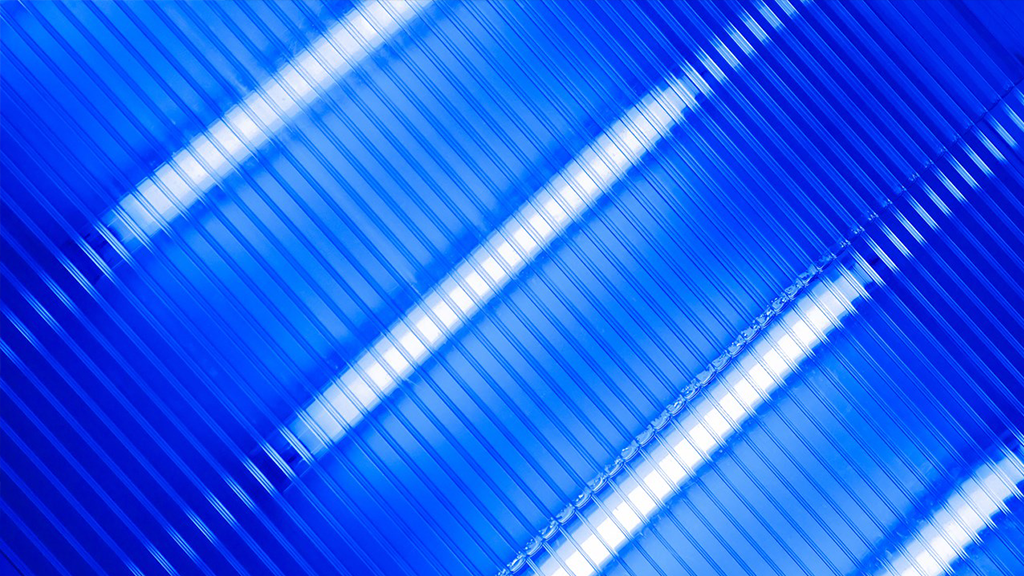The use of ultraviolet (UV) light is growing in popularity. When applied appropriately, UV light is a powerful disinfectant tool to decontaminate surfaces, rooms, products and water.
Spectroscopy for UV Light Characterization
Spectroscopy enables us to probe materials and environments in a variety of different ways. Different techniques can be used depending on the application. For UV light characterization, an irradiance method is employed.
Irradiance is the amount of energy emitted at each wavelength from a radiant sample, which in this case would be the UV lamp. From the data gathered, intensity values can be calculated.
To be considered in the UV range, the light emitted will have to be between 100-400 nm. UV light can then be divided into additional segments – UVA (315-400 nm), UVB (280-315 nm) and UVC (200-280 nm). Each type of UV light may be used for different applications, but UVC light is typically required for disinfection.
What is the best setup for UV light characterization and monitoring?
UV light has recently been applied to disinfect the personal protective equipment (PPE) used by doctors and nurses in the global effort to protect against COVID-19.
However, to ensure complete disinfection, it is highly important that the required UV dose is delivered. The dose is determined by the light intensity and the duration of exposure to the light.
Because each lamp will vary in intensity, it’s important to accurately measure UV lamp power to ensure that the correct wavelengths are emitted and that treatment time is adjusted to the required dose. Ocean Insight provides a range of optical sensing solutions and applied spectral knowledge to offer spectrometer systems that detail the spectral profile of UV lamps.


